1. Excessive For Sale Signs
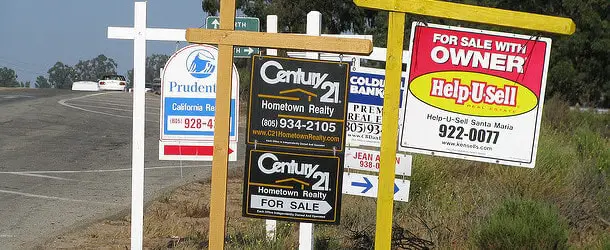
A neighborhood with an unusually high number of “For Sale” signs can be a red flag for potential buyers. This trend often signals declining desirability in the area, as residents may be eager to leave for better opportunities elsewhere. Excessive listings can lead to increased competition among sellers, ultimately driving down home values. Potential buyers might interpret the high turnover as indicative of deeper issues, such as safety concerns, economic instability, or poor community amenities. Additionally, a flood of available properties can oversaturate the market, making it more challenging for sellers to attract offers at fair prices.
Neighborhoods that were once vibrant may lose their appeal if too many residents move out, leaving behind vacant or poorly maintained homes. Real estate experts often advise researching the reasons behind a high volume of listings before making a purchase. Observing how long homes stay on the market can provide further clues about the area’s desirability. For more insights into market trends and their impact on property values, visit Realtor.com. Excessive “For Sale” signs are often the first visible indicator of a neighborhood in decline.
2. Neglected Properties
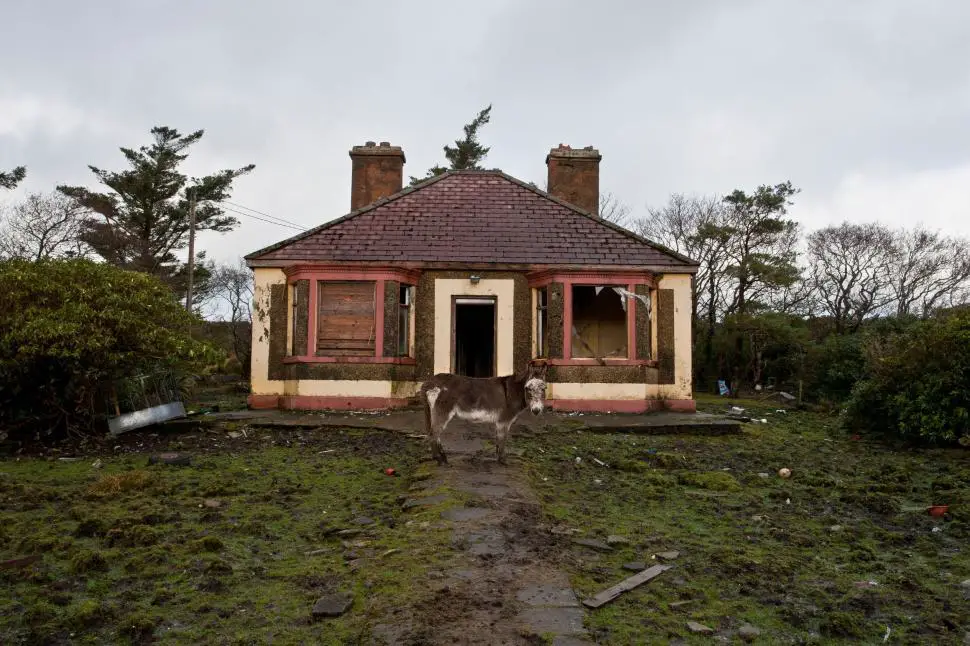
Neglected properties in a neighborhood, such as homes with overgrown lawns, peeling paint, or broken windows, can significantly lower the area’s overall appeal. These visual signs of disrepair often deter potential buyers, as they suggest a lack of community pride and investment. Even a single abandoned property can have a ripple effect, dragging down the property values of neighboring homes. Buyers might worry that such neglect reflects deeper issues, like absentee landlords or declining economic stability in the area. Neglected homes can also attract vandalism or squatters, further exacerbating the problem.
Additionally, the cost of restoring these properties can deter investors or homeowners who might otherwise see potential in the neighborhood. Communities that implement programs to address neglected homes, such as grants for repairs or stricter enforcement of property maintenance codes, often see a positive turnaround. Sites like HUD highlight how neglected properties can impact neighborhoods. Well-maintained homes are essential for sustaining a neighborhood’s appeal and preserving property values.
3. Lack of Community Amenities
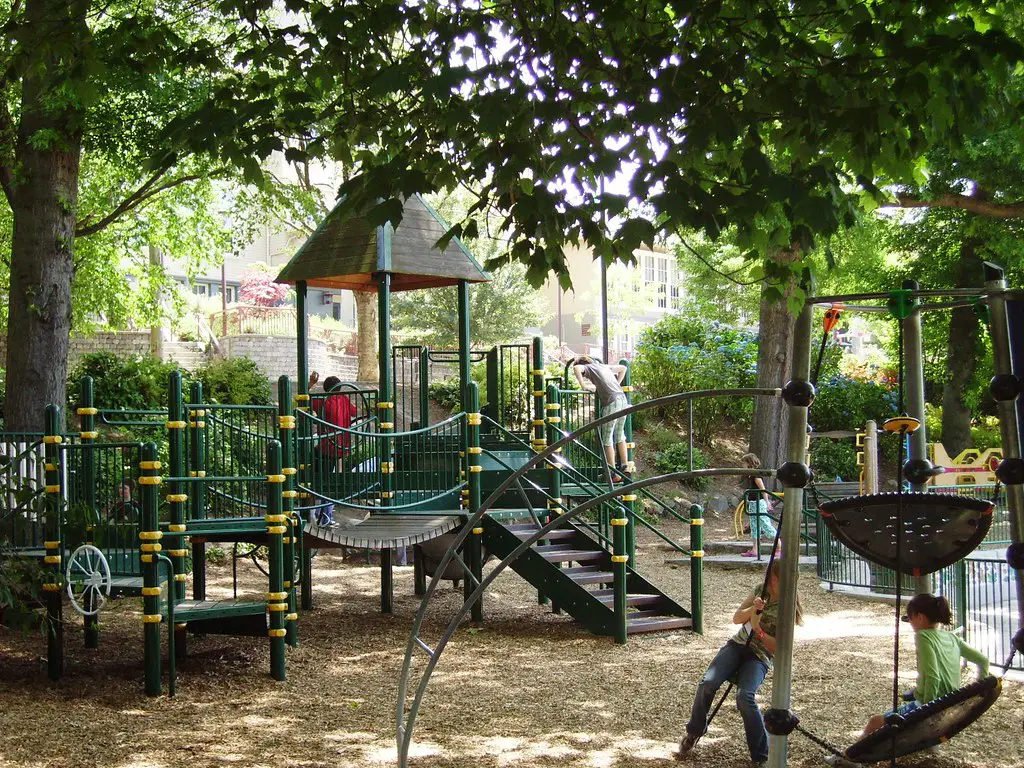
Neighborhoods without convenient access to community amenities often struggle to maintain high property values. Parks, schools, shopping centers, and recreational facilities are significant factors for homebuyers, as they enhance quality of life and convenience. A lack of these amenities forces residents to travel longer distances for basic needs, making the area less desirable. In addition, neighborhoods without nearby amenities often lack the social opportunities that foster a strong sense of community. Buyers with families may prioritize locations with highly rated schools and safe, well-maintained parks, leaving areas without such features at a disadvantage.
The absence of amenities can also hinder future development, as businesses and infrastructure are less likely to grow in underserved areas. Communities that invest in public spaces and local facilities often see a corresponding rise in property values and buyer interest. For more information on the role of amenities in real estate, check out The Balance. Accessible, well-maintained community amenities play a vital role in ensuring neighborhoods remain attractive and valuable.
4. Increasing Crime Rates

An uptick in reported crimes can quickly make a neighborhood less attractive to potential buyers. Safety is a top concern for many homebuyers, and areas with rising crime rates often see reduced demand and falling property values. Criminal activity, whether it involves theft, vandalism, or violent crime, creates a sense of insecurity that drives residents to relocate to safer areas. Neighborhoods with visible signs of crime, such as graffiti or broken windows, may struggle to attract buyers who prioritize peace of mind and security. Increasing crime rates can also deter businesses from setting up shop in the area, further limiting its economic growth and appeal.
Buyers are encouraged to research crime statistics before purchasing a home to ensure the neighborhood aligns with their safety expectations. Some cities and towns have implemented community policing and neighborhood watch programs to reduce crime and restore confidence in affected areas. For tips on researching neighborhood crime rates, visit SafeWise. A safe environment is a cornerstone of a thriving neighborhood, and rising crime rates can be a significant deterrent.
5. Overcrowded or Underperforming Schools
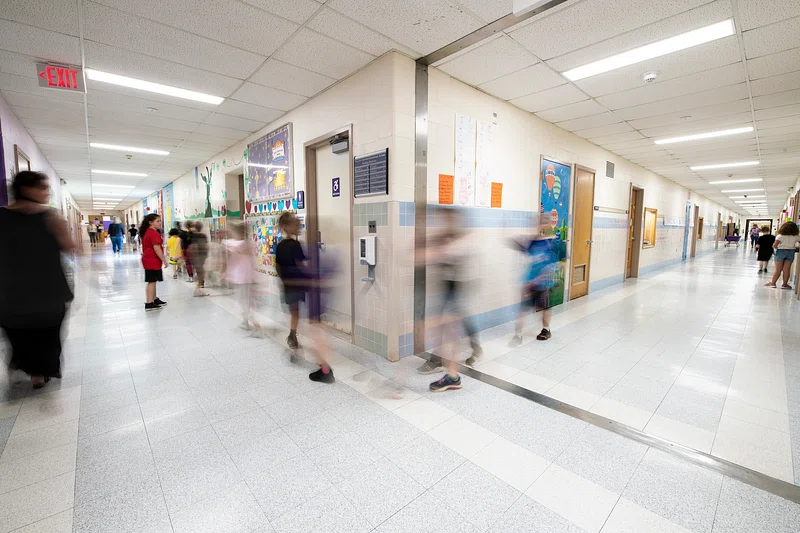
The quality of local schools is one of the most critical factors influencing property values, particularly for buyers with children. Overcrowded or underperforming schools can deter potential buyers, as families often prioritize access to quality education. Schools that lack sufficient funding, resources, or extracurricular programs may struggle to attract residents, contributing to declining property demand. Additionally, overcrowded classrooms can negatively impact learning outcomes, further reducing the desirability of living in the area.
On the other hand, neighborhoods with highly rated schools often see higher property values, as families are willing to pay a premium for access to top-tier education. Poor school performance may also discourage long-term residency, leading to higher turnover rates and less community investment. Prospective buyers should research school ratings, student-to-teacher ratios, and funding levels before committing to a neighborhood. For detailed school performance data, check out GreatSchools. Strong schools are vital to maintaining the stability and appeal of a neighborhood, making this factor a top priority for many buyers.
6. Frequent Business Closures

Frequent business closures, such as empty storefronts or a high turnover of commercial spaces, are often a sign of economic instability in a neighborhood. Vibrant business districts contribute to a community’s livability by offering convenient shopping, dining, and services. When businesses close or relocate, it can create a domino effect, discouraging new investments and further reducing the area’s appeal. Empty storefronts can also give the impression of neglect, making the neighborhood less attractive to potential homebuyers.
A struggling local economy can signal broader issues, such as declining population, insufficient infrastructure, or high commercial rental costs. On the flip side, neighborhoods with thriving local businesses often experience higher property values, as they indicate economic health and community engagement. Buyers should pay close attention to the state of commercial areas when evaluating a neighborhood’s potential. For insights into how business activity affects real estate, visit Urban Land Institute. The presence of stable, successful businesses is a key factor in sustaining a neighborhood’s vibrancy and desirability.
7. Proximity to Industrial Areas
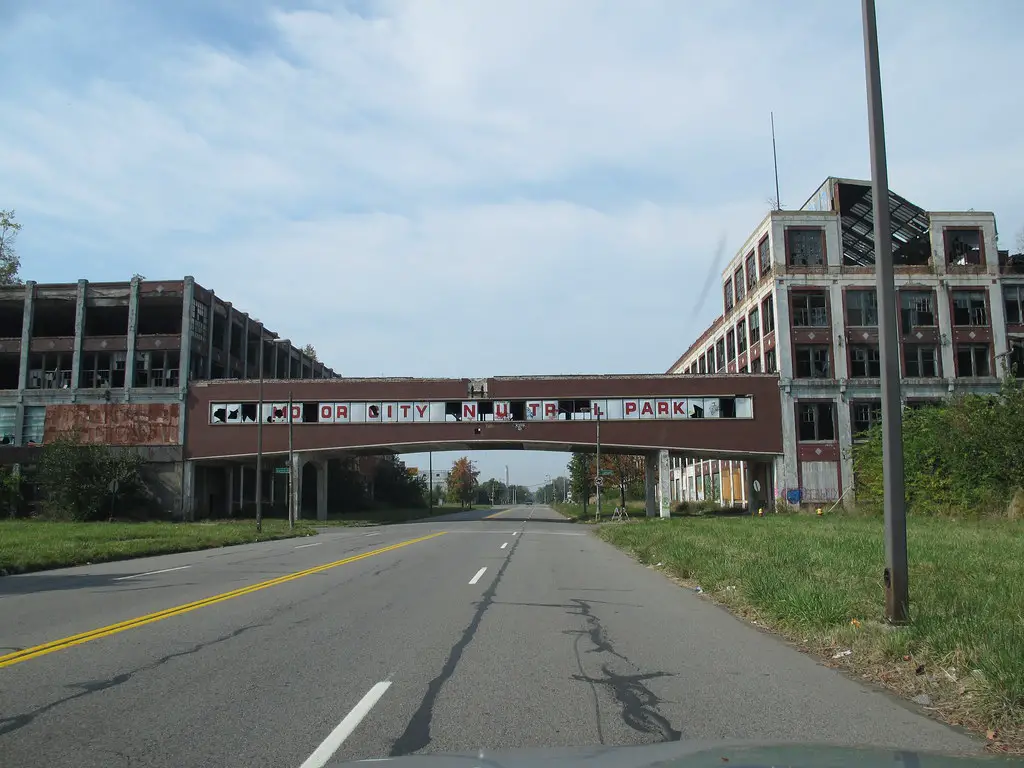
Living near industrial areas, such as factories, landfills, or power plants, can significantly diminish a neighborhood’s appeal. These zones are often associated with noise pollution, air quality concerns, and unpleasant odors, all of which deter potential buyers. Homes located near industrial sites typically see lower property values, as many people prioritize health and environmental factors when choosing where to live. Industrial zones can also bring increased traffic from heavy vehicles, creating additional safety concerns and wear on local roads.
Even if a neighborhood is otherwise well-maintained, proximity to such areas can overshadow its positive attributes. Over time, residents may move to quieter, cleaner areas, leaving behind vacancies that further impact property demand. Communities near industrial zones often face an uphill battle in attracting buyers, particularly those with families or health sensitivities. On the other hand, efforts to buffer residential neighborhoods from industrial sites, such as green spaces or zoning restrictions, can help mitigate these issues. For more insights into the impact of industrial zones on housing, visit EPA. Avoiding neighborhoods near heavy industry can help ensure a healthier and more pleasant living environment.
8. Lack of Public Infrastructure

Neighborhoods with poorly maintained public infrastructure often struggle to attract homebuyers and retain residents. Issues like crumbling roads, limited public transit options, inadequate street lighting, and outdated utilities can make an area feel less accessible and less desirable. Poor infrastructure can also lead to longer commute times and higher transportation costs, further discouraging potential buyers. Communities that neglect infrastructure maintenance risk falling into decline, as residents may leave for areas with better amenities and services.
Additionally, inadequate drainage systems or aging water pipes can lead to recurring issues, such as flooding or water quality concerns, which lower property values. On the other hand, neighborhoods that prioritize infrastructure improvements, such as upgraded public transit or well-maintained parks, often see an increase in demand and property prices. Prospective buyers are encouraged to research local infrastructure plans and observe the overall upkeep of public spaces before committing to a purchase. For a closer look at how infrastructure affects property values, visit Brookings Institution. Well-maintained infrastructure is a cornerstone of a thriving, accessible neighborhood.
9. Overdevelopment
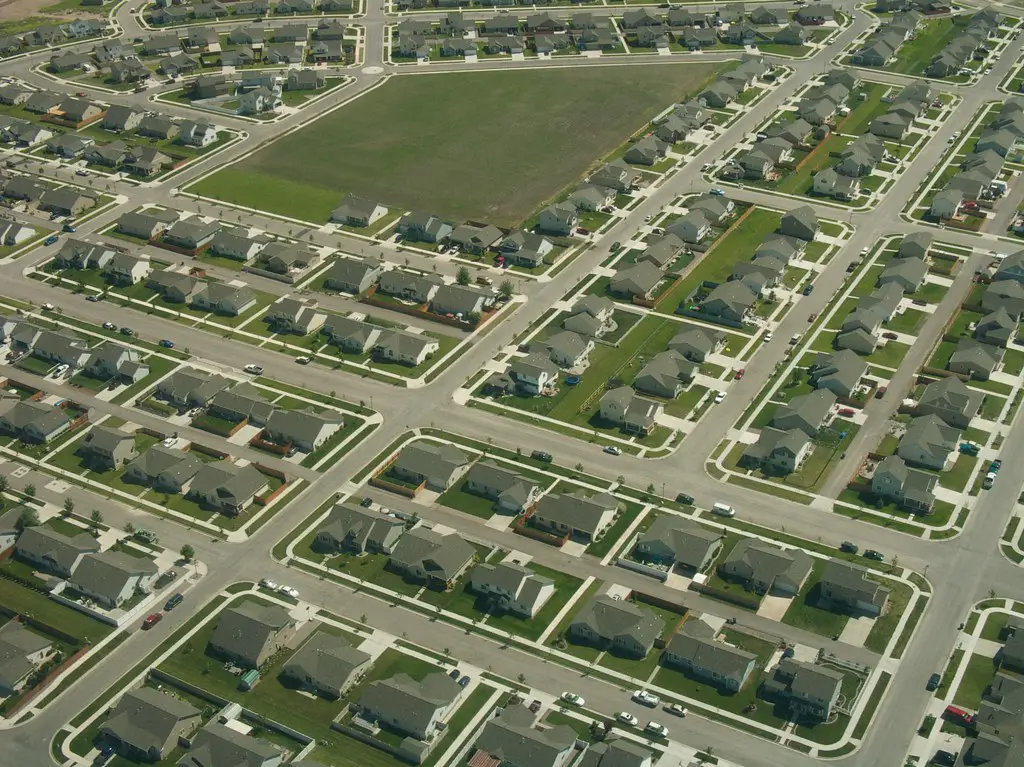
Overdevelopment in a neighborhood can lead to a variety of issues that negatively impact property values and quality of life. An influx of new construction can saturate the market with housing inventory, driving down prices for existing homes. While new developments may initially attract interest, they can also strain local infrastructure, such as roads, schools, and public utilities, leading to overcrowding and frustration among residents. Additionally, rapid overdevelopment can alter the character and charm of a neighborhood, making it less appealing to those seeking a quieter, more stable community.
Buyers may also worry that overbuilding could result in vacant properties or unfinished projects, further lowering the area’s desirability. While some new construction can signal growth, excessive development without proper planning often leads to long-term issues. Communities that balance growth with preservation efforts tend to fare better in maintaining property values. For more on the effects of overdevelopment, visit National Association of Realtors. Managing growth thoughtfully is essential for protecting the character and appeal of a neighborhood.
10. High Rental Density
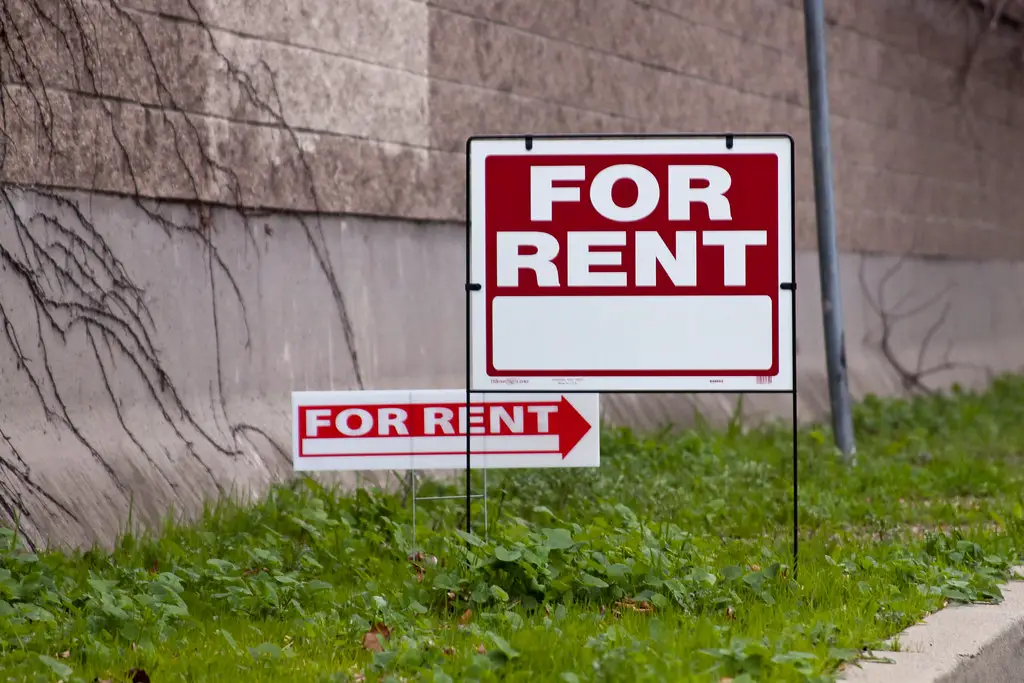
Neighborhoods with a high percentage of rental properties can experience challenges that deter potential homebuyers. While rentals are essential for many communities, areas with an overwhelming number of transient residents may lack the sense of stability and community investment that long-term homeowners provide. High rental density can lead to inconsistent property maintenance, as landlords and short-term tenants may not prioritize upkeep. This, in turn, can negatively affect curb appeal and overall property values. Additionally, transient populations can result in less community engagement, with fewer residents participating in local events or contributing to neighborhood improvement efforts.
For buyers seeking a close-knit community or long-term neighbors, high rental density can be a red flag. However, areas with a healthy balance of rentals and owner-occupied homes tend to maintain their appeal. To better understand the relationship between rental density and property values, visit Urban Institute. Striking the right balance between rentals and homeownership is key to fostering vibrant and stable neighborhoods.
11. Noisy Surroundings
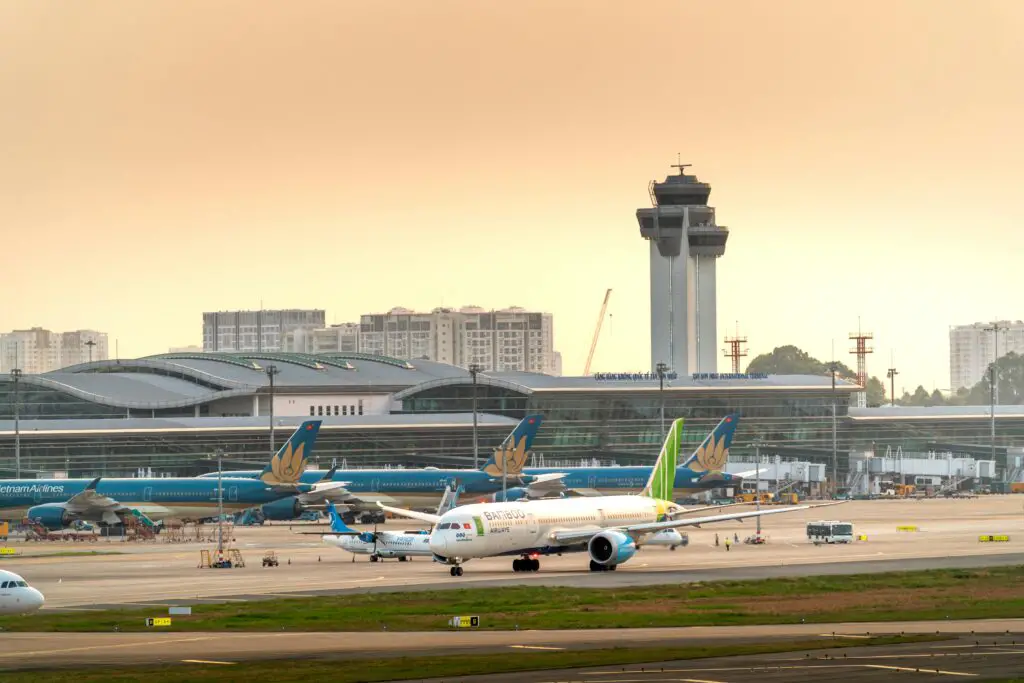
Constant noise pollution from nearby highways, airports, train tracks, or busy streets can make a neighborhood significantly less appealing to potential buyers. Noise disrupts the peace and quiet that many homeowners value, making it difficult for residents to enjoy their homes fully. Prolonged exposure to excessive noise can also impact health, contributing to stress, sleep disturbances, and reduced quality of life. Buyers who visit properties only during certain times of the day may not realize the full extent of the noise issue until after moving in.
Areas with high noise levels often see slower sales and lower property values, as buyers prioritize quieter locations. Additionally, noise pollution can make outdoor spaces like patios or backyards less usable, further diminishing a home’s appeal. Some communities attempt to address noise issues through sound barriers, zoning regulations, or landscaping, but these solutions may not fully mitigate the problem. For tips on how to evaluate a property for noise concerns, visit Environmental Protection Agency (EPA). Buyers are encouraged to thoroughly assess noise levels before purchasing to ensure long-term satisfaction.
12. Poor Curb Appeal
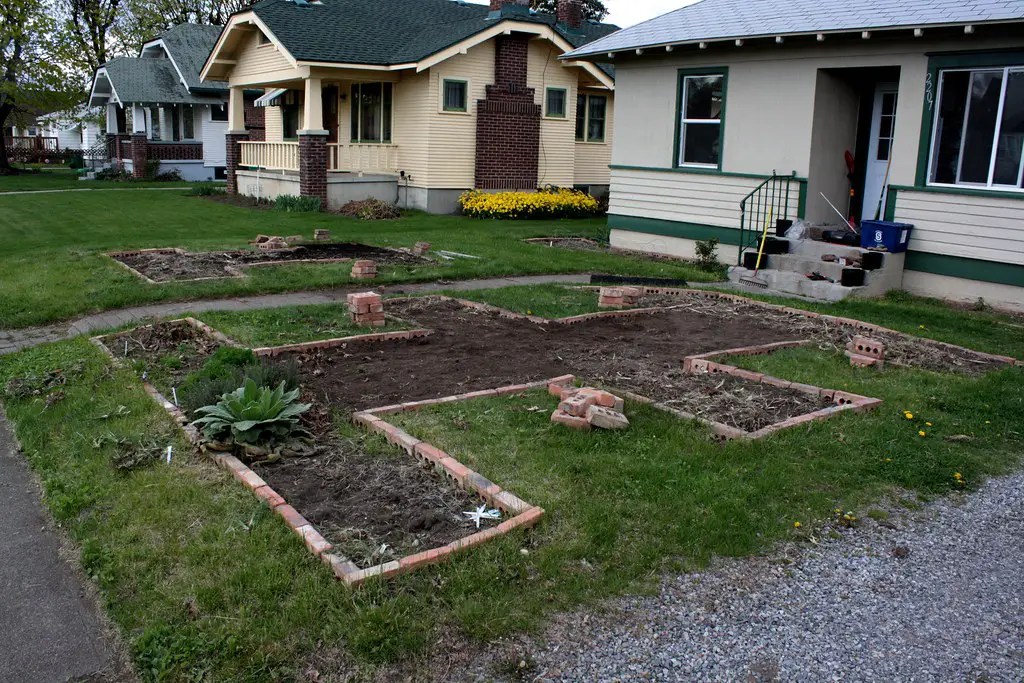
The overall curb appeal of a neighborhood has a significant impact on its property values and buyer interest. Homes with unkempt exteriors, peeling paint, or poorly maintained yards create a negative first impression for prospective buyers. A neighborhood filled with properties lacking curb appeal can give the impression of neglect or a lack of pride among residents. Conversely, neighborhoods with well-maintained homes and landscaped yards often attract more interest and command higher property values.
Buyers are naturally drawn to areas that appear vibrant and cared for, as this suggests a strong sense of community. Additionally, curb appeal impacts resale value, as homes in attractive neighborhoods tend to sell faster and at higher prices. Communities that invest in beautification efforts, such as planting trees or installing streetlights, often see a boost in demand. For tips on enhancing curb appeal, visit HGTV. First impressions matter, and a neighborhood’s curb appeal can make or break its desirability.
13. Flood Zones or Other Environmental Risks
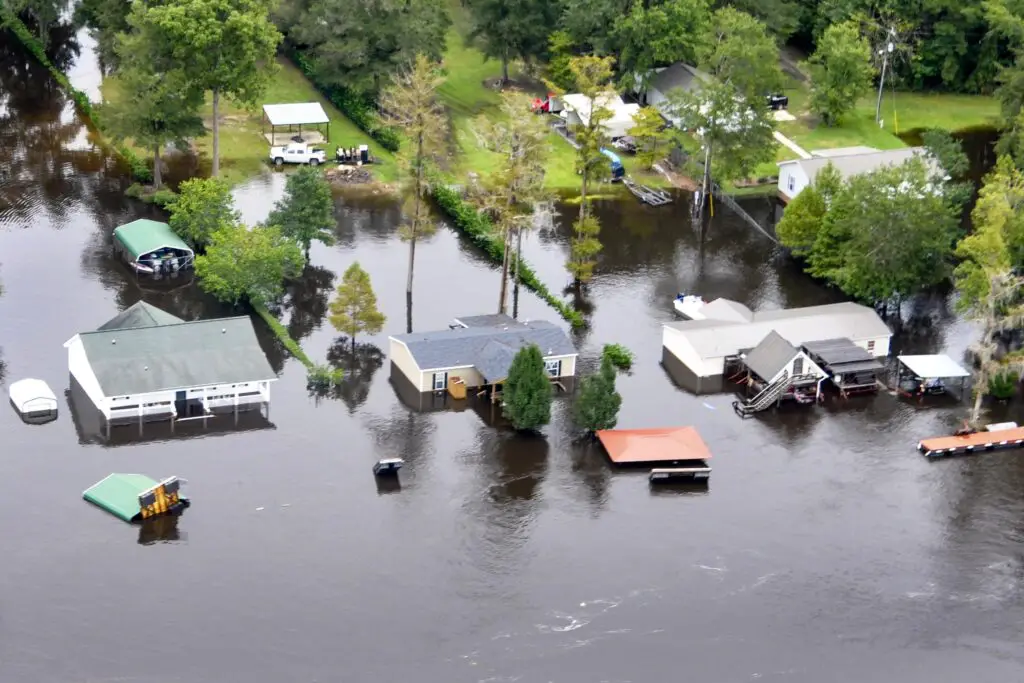
Homes located in flood zones or areas prone to natural disasters like wildfires, earthquakes, or hurricanes often face significant challenges in maintaining their property values. These environmental risks increase the cost of living for homeowners through higher insurance premiums, required mitigation measures, and potential damage repair costs. Buyers are frequently deterred by the added financial and emotional stress of living in high-risk areas, leading to reduced demand and lower home prices.
Updated FEMA flood maps or wildfire hazard zones can also place more properties in risk categories, further discouraging potential buyers. Even with protective measures, such as raised foundations or fire-resistant landscaping, the perception of risk can make it difficult to attract new residents. Areas with frequent natural disasters may also experience disruptions in infrastructure and community resources, adding to their long-term instability. On the other hand, neighborhoods that invest in flood barriers, fire prevention strategies, or disaster preparedness programs often regain buyer confidence. For detailed resources on assessing environmental risks, visit FEMA. Avoiding or mitigating these risks is crucial for sustaining property values and ensuring long-term livability.
14. Overbearing HOA Rules
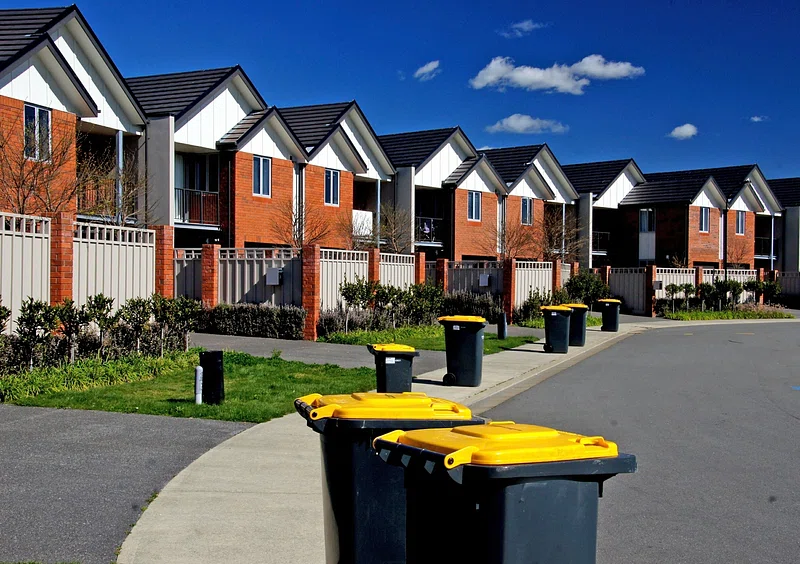
While homeowners’ associations (HOAs) are designed to maintain neighborhood standards, excessively restrictive or costly rules can drive potential buyers away. Strict regulations regarding landscaping, exterior modifications, or parking can feel burdensome to homeowners, limiting their ability to personalize their property. High HOA fees, which often fund community amenities or maintenance, can also deter budget-conscious buyers who view these costs as an unnecessary expense. Furthermore, disputes between homeowners and HOAs over enforcement of rules can create tension within the community, further reducing its appeal.
In some cases, potential buyers may avoid neighborhoods with HOAs altogether due to concerns about losing autonomy over their property. However, a well-managed HOA with fair rules and reasonable fees can enhance property values by ensuring the neighborhood remains well-maintained. Buyers should carefully review an HOA’s bylaws, fees, and reputation before committing to a property. For guidance on navigating HOAs, visit Nolo. Overbearing HOA rules can shift a neighborhood from desirable to frustrating, impacting both demand and property values.
